I met our distinguished author, painter and sculptor Ambassador Robin Rene Sanders at the threshold of her interest in Uli in 2008. Her hard work and unflagging interest over the last few years have crystallized into the book, The Legendary Uli Women of Nigeria: Their Life Stories in Signs, Symbols and Motif.
The book is the story of the ripples of a vanishing heritage; it is the story of Igbo classicists, who have now only become vanguards of a disappearing African art of the Igbo peoples.
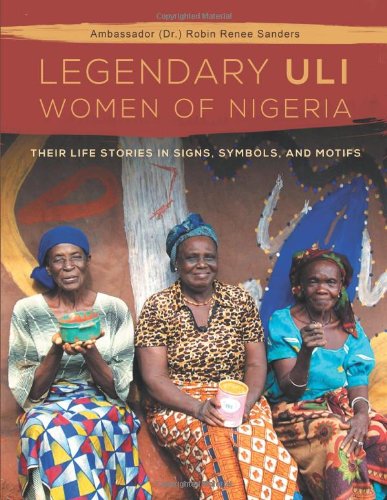
What is Uli?
It is the Igbo name for the indigo dye obtained from several species of plants grown in the Eastern parts of Nigeria. The berries of these plants are ground and the dye is pressed out of the marsh and used for drawing on the human skin (legs and arms, especially) with a Uli knife (mma nw’uli).
Uli is also the name for the resultant traditional Igbo mural, although the indigo dye does not form part of the palette in such paintings necessarily. Both the body and canvass wall variants are essentially a tradition most guarded in Igbo culture as the forte of women.
Uli artists were highly respected in Igbo society before colonial occupation in the late 1800s. Uli art was passed down from one generation to another – usually along family lines. This ensured continuity. Many scholars and artists have studied Uli art from various perspectives at different times but none has accomplished capturing the essense of Uli in so dramatic a fashion.
Sanders book is not the first but she broaches the subject in novel ways.
The book is written in accessible prose and is anchored on fresh perspectives that brings issues concerning Uli art to a new frontier. Beyond other studies of the Uli which assert only its esthetics among the Igbo, Sanders re-affirms Uli as an ancient communication tool essential to the preservation of Igbo society.
The centralizing thesis of Sanders’ book portrays an extra-aesthetic and phenomenological quality that has hitherto not been explored in scientific writings about the art of the Uli. In other words, beyond the art embodying Igbo beauty and framed in Igbo thought, art, and aesthetics, Uli performs a much broader role in Igbo customs and tradition.
Uli captures and communicates in graphic terms the “lifeworld” collective experience and philosophy of the Igbo. Focusing on the lives and works of selected Uli women painters from Agulu, Inyi, Ogidi and Nri, Sanders underscores Uli as a cultural Igbo heritage needing preservation.
Sander’s book is carefully calibrated into sections and further enriched with clear images of Uli women artists and their works.
The Legendary Uli Women of Nigeria appeals to readers of all backgrounds, although it still holds a formidable place in scholarly discourse.
In addition, Sanders continues to support efforts geared towards empowering Uli women economically through organized Uli retraining workshops that aim at preserving Uli heritage and Igbo culture.
In a place where heroic materialism, westernization and its attendant nihilism have taken a heavy toll on the culture and traditions of the Igbo, Sanders’ book is a unique and significant call to arms – it steers the discussion of passing down Igbo culture in more pragmatic ways. In the style of the mythical Sankofa, it looks backwards while moving forwards and it says one thing to us:
[quote_box_center]Forward to the past; but not in a sense that celebrates our middle ages. It only reminds us to be mindful of ancient landmarks way before colonial occupation as our chariot of development hurtles across the path to empowerment. It tells us that much as the destination remains alluring, we must arm ourselves with the memory of our past in order to desire a future full of essence and our identity as a people.[/quote_box_center]
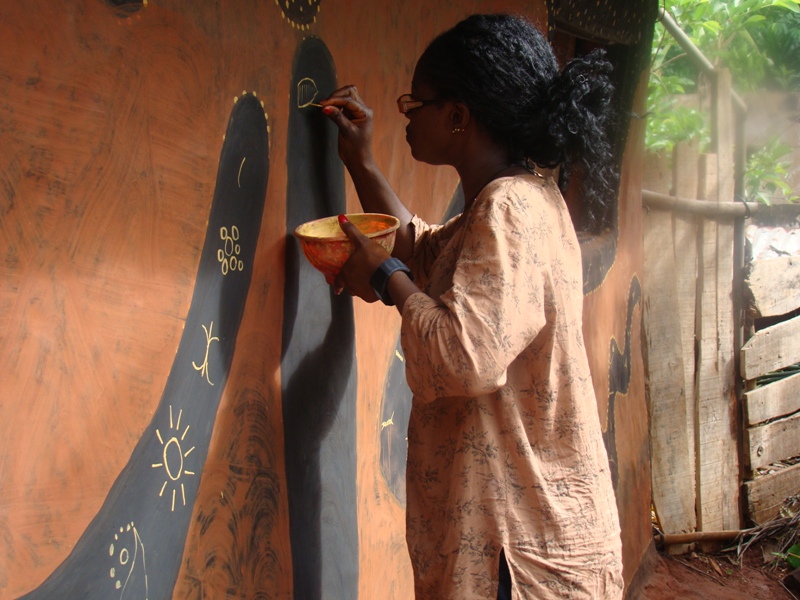

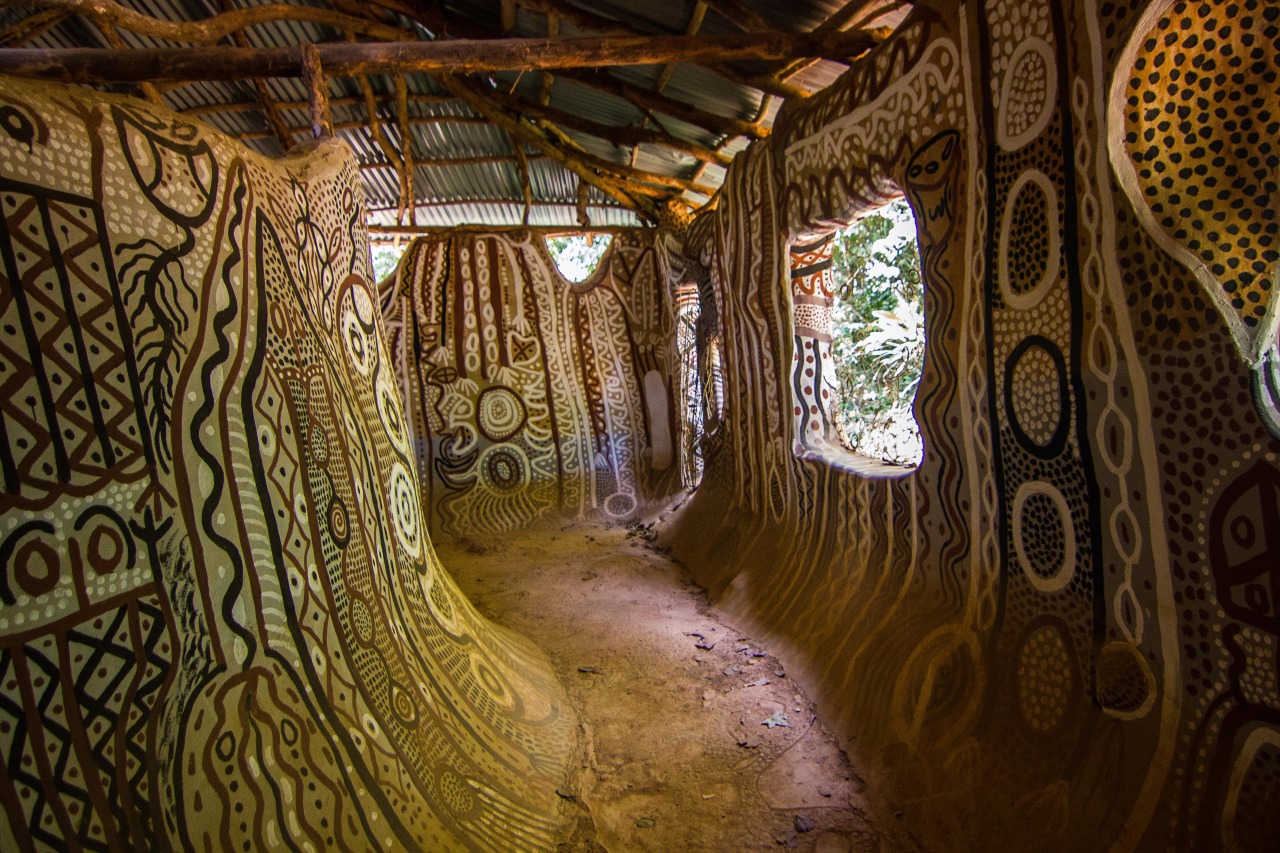
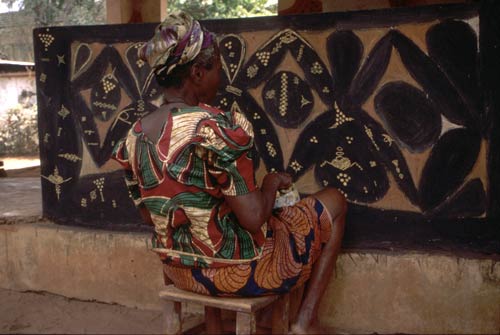
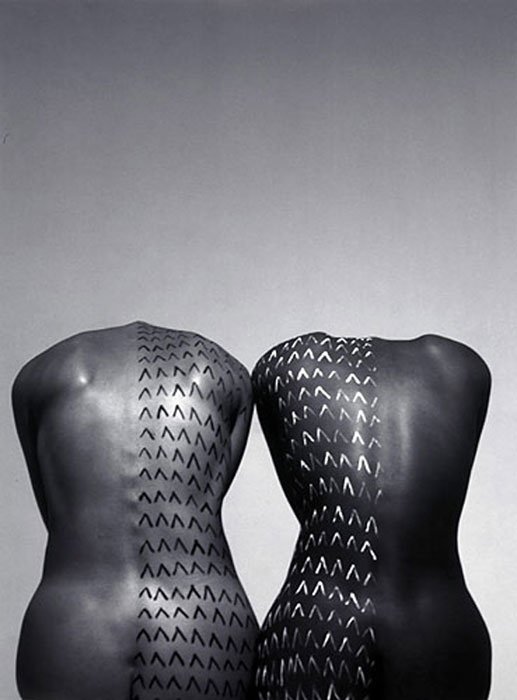
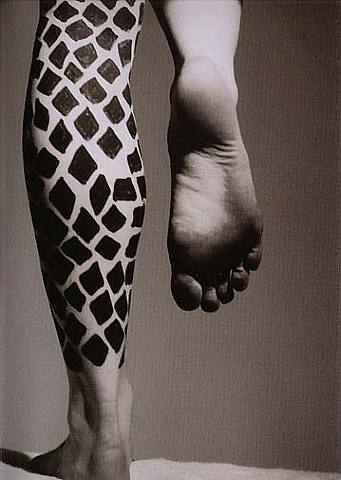
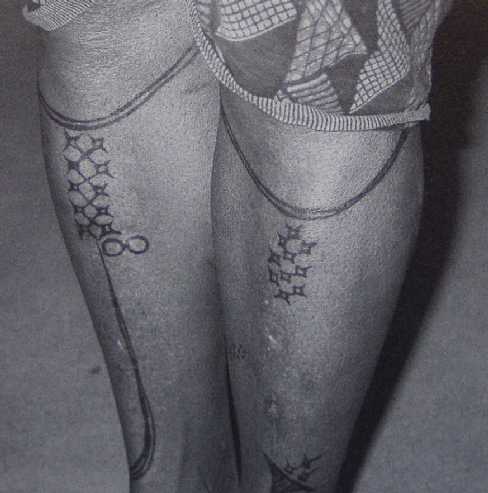









It is sad that this beautiful Uli art work is vanishing, but great that the author could write a book about it. This is a reminder that this art other African traditions should be institutionalized, so that many generations after can enjoy it.
Such brilliant art! Some of the best things in the world are those that remain in touch with nature. I appreciate that the art is philosophical in relation to the Uli people’s culture and not just for the purposes of commercialism and overproduction. It is ironic that the “so-called civilized” societies are missing a sense of purpose and culture in their products. Thank you for sharing this book and I hope the Uli people are able to preserve such a beautiful tradition!
Beautiful art. Just beautiful. I was in Nigeria some 5 months back and I bought a tone of Uli art – pots and curtains. I am in love with them.
So that is happening to these people? Is this art being preserved? Or no? Uli art is a matter of national identity for Nigeria and the government there can either wake from their stupor get off their ass and do something to preserve some Nigerian pride or they, these old wicked cynical men, are the very bad mangoes Nigeria should have and could have gotten rid of a long time ago.
I applaud painter and sculptor Ambassador Robin Rene Sanders for stepping up to write a book in honor of the traditions and customs of the Uli women. I wish we had more like her in Nigeria instead of all these Nigerian women writing fiction everyday of their lives. I wish someone would turn to real life for a change.
My grandfather had the art painted on his walls all over when I was still but a child growing up and not understanding any of it. When I left Nigeria, this is the first time I have seen Uli art in the news. I will definitely buy the book.
It is shocking how the westernisation of Igbo belief systems has led to the loss of this great tradition. More so that it is from the female perceptive. Some of these artists are great and we shall never know this when compared to some of their western peers (say). If I get the chance to, I shall invest in this art form.
Fantastic work by Robin Rene Sanders. Uli art form, as a matter of fact, is not generally neglected, indeed it has become a global artistic concept. So much academic work has been going on since the 1960s through the great works initiated by Dr. Uche Okeke https://www.khanacademy.org/humanities/art-africa/west-africa/nigeria/a/uche-okeke There are a host of Uli art enthusiasts globally today, thanks to Dr. Okeke’s initiative, and his later disciples like Professor Udechukwu and the rest of them.
I really enjoy admiring Ulli art. Amazing and reminds me of tattoo or godna done during colonial time in Mauritius. It is also a feminine art and drawn on hands and feet with seven needles together and the ink is a permanent one also of indigo colour. It cannot be washed and a person bears it during a whole lifetime. Design is very intricate and bears subject from Ramayan or Mahabharat or also geometrical. After much research on godna, I feel that there is much similarity between the Uli of Igbo and the Godna in Mauritius.I strongly believe that the culture and heritage of a country must be preserved and cherished to educate our on coming generations. What happened in the past is history. History is a means to an end and not an end in itself.
I love this arts. Pls I really want to understand many of these drawings because I see so many of this symbols everyday once I look up in the sky I tell I can draw most of this things but the funny thing is I don’t understand those if my drawings, it all started when I was kid the more I’m growing the symbols will be multiplying like nsibi and sigil symbols as I was thought by a friend, I’m still confused please I need to understand this someone should help me, there are the once I tried to draw sitting under the sun since 2017 I have the drawings.